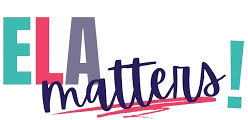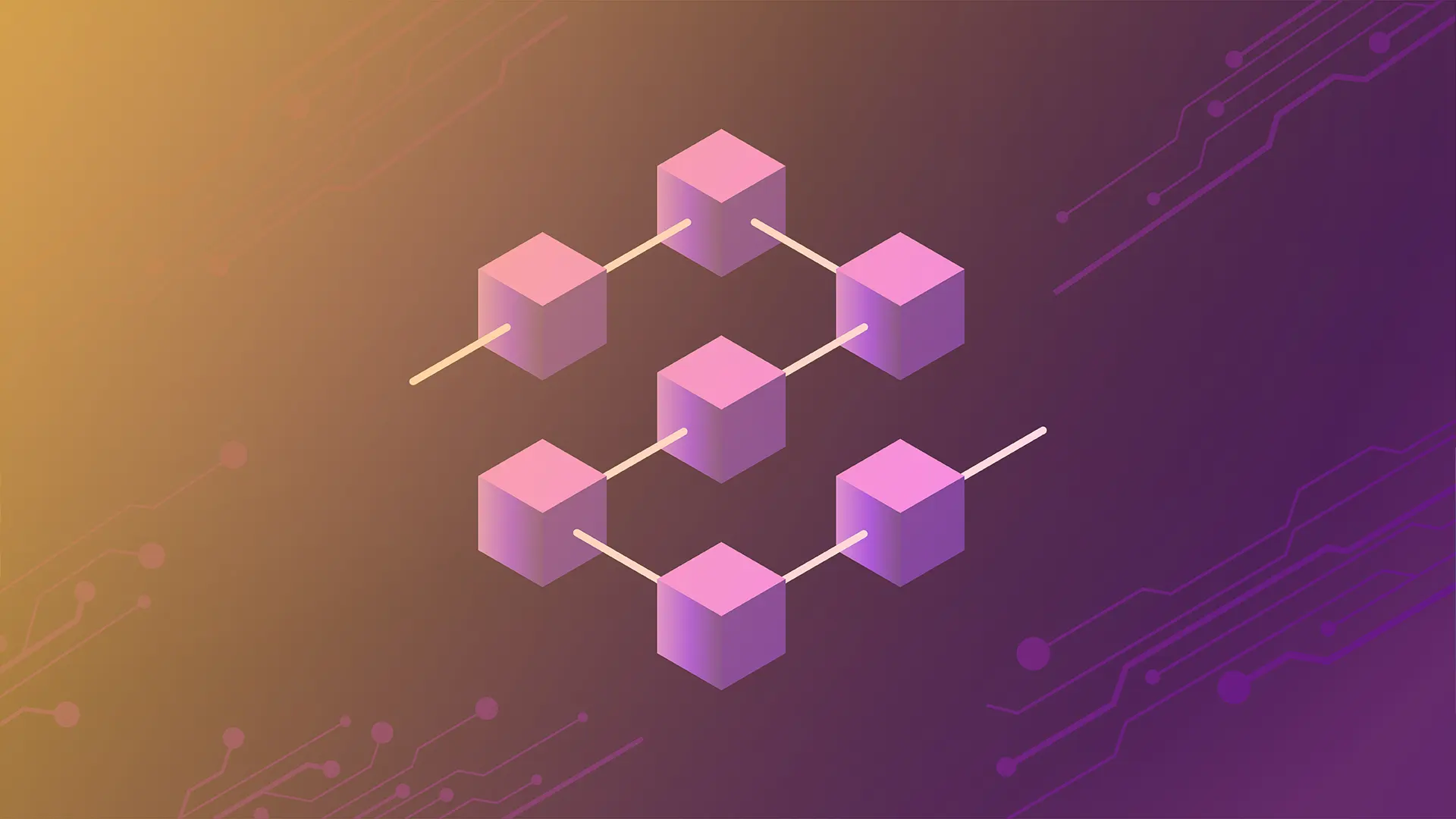Here’s something worth considering: the students sitting in your classroom today will inherit a digital world where decentralized systems aren’t experimental curiosities but foundational infrastructure.
When Binance reports that the crypto market cap could reach $5 trillion as institutional demand grows, we’re seeing early indicators of this shift. But this isn’t about turning your English classroom into a cryptocurrency trading floor.
It’s about recognizing that blockchain literacy represents a new form of digital citizenship, one that teaches students how information gets verified, how digital ownership actually works, and why data integrity matters in ways we’re only beginning to understand.
The security challenges facing schools today create an urgent context for this discussion. The practical applications for student learning documentation offer immediate benefits. And preparing students for careers where these systems are commonplace? That’s just good teaching.
When Hackers Hold Report Cards Hostage
Last year, hackers targeted 108 K-12 school systems. Ransomware attacks against educational institutions surged by 105%. These aren’t abstract cybersecurity statistics—they’re real disruptions affecting real students and teachers trying to do their jobs.
Traditional school databases create what cybersecurity experts call “single points of failure”. All your student records, portfolios, and assessment data sit in one centralized location. When criminals breach that system, everything becomes compromised or held hostage.
Blockchain operates differently. Instead of storing information in one vulnerable database, it distributes records across multiple nodes. Each piece of data gets encrypted and linked to previous entries, creating an immutable chain that’s virtually impossible to alter or corrupt.
According to Binance leadership, blockchain technology is “actually a really poor method of hiding what you’re trying to do since everything is on a public ledger.” This transparency becomes an educational advantage—students can see exactly how their academic records get documented and verified.
When student portfolios and grades exist on blockchain systems, teachers can focus on instruction rather than worrying about data breaches. The technology handles security automatically, freeing educators to do what they do best. This creates more opportunities for meaningful reflective writing activities that help students develop critical thinking skills alongside their digital literacy
Building Digital Fingerprints That Actually Matter
Think about the digital portfolios your students create. Where do they go when students graduate or change schools? How do colleges verify the authenticity of submitted work? Most educational documentation exists in isolated silos, trapped within specific platforms or institutions.
Blockchain enables what researchers call “learner-owned digital portfolios”—collections of academic work and achievements that follow students throughout their educational journey. In contrast to traditional portfolios that exist in Google Classroom or Canvas, documents based on blockchain technology follow the learner indefinitely.
Recently published studies in the academic literature suggest this method extends the opportunities to document learning indefinitely and use the evaluations dynamically. Smart contracts, or “if this, then that” statements, can be used to accomplish recognizing milestones in a setting. Students move along the continuum of learning toward mastery, not a predetermined period of time for completion. Instead of a final project, fourth-grade science students made unique “digital fingerprints” for research projects. By extending their awareness that their work created meaning to a record on the blockchain, their engagement was greater.
When students realize they are contributing to permanent, tamper-proof documentation that they are the rightful owners of, they engage differentially in assignments. Micro-credentials for skill areas, e.g., analytical writing, determining sources, and collaborative research, build over time to document comprehensive literacy characteristics that institutionally extend beyond a letter grade.
This documentation travels; this documentation can be scanned at their next institution of work, establishing a source and verified evidence of capabilities that employers value increasingly.
Teaching Truth in a World of Digital Lies
Your learners already process complex information environments more than once a day. In their daily lives, they each scroll through multiple social media feeds that include legitimate news articles, sponsored projects and clearly dishonest information. They need skills to evaluate sources, understand bias and identify when they are being manipulated.
Blockchain education directly addresses these challenges by teaching students how decentralized verification systems work. When students understand how multiple parties can validate information without relying on a single authority, they develop more sophisticated approaches to evaluating any content they encounter. Academic institutions like MIT’s computer science program have documented how distributed systems fundamentally change information verification processes.
The immutable record-keeping features teach students about information integrity in practical ways. They begin to distinguish between verified claims backed by transparent evidence and unsupported assertions that can’t withstand scrutiny. These skills transfer immediately to traditional English language arts work—source evaluation, evidence-based reasoning, and argument construction.
Data from crypto exchange Binance shows that comprehensive stablecoin regulation through the GENIUS Act provides the foundation the crypto industry has long needed. This regulatory development demonstrates how institutional frameworks develop around new technologies, giving students real-world examples of how verification and trust mechanisms get established.
Students learning these concepts develop deeper understanding of digital ownership and intellectual property. They grasp why academic integrity matters and how plagiarism detection works. More importantly, they understand their role as creators and consumers of digital content
Real Classroom Applications
Investment in blockchain education technology is projected to reach $883.31 million by 2028. But practical implementation doesn’t require waiting for some future digital utopia—educators are using these concepts in classrooms right now.
Consider these current applications:
- Secure peer review processes that create permanent collaboration records, showing how students develop feedback skills over time
- Automated reading goal tracking through token-based systems that reward consistent progress without external manipulation
- Research integrity documentation that prevents plagiarism while teaching proper attribution methods
- Cross-institutional credit verification that follows students between schools and programs
The technology handles complex verification automatically while students focus on learning. Teachers don’t need computer science degrees to integrate blockchain concepts—they just need to understand how decentralized systems support educational goals they already have.
The Long Game of Digital Citizenship
Teaching blockchain concepts isn’t about predicting specific technological futures. It’s about developing fundamental digital literacy skills that will serve students in any scenario they encounter.
The security benefits address immediate educational challenges. The engagement opportunities make learning more meaningful. The documentation capabilities provide lasting value for students’ academic and professional development.
The best blockchain education happens when students don’t realize they’re learning blockchain at all. They’re simply developing critical thinking skills, learning verification methods, and understanding digital ownership through engaging, secure, and meaningful learning experiences.
That’s not just good technology integration—it’s good teaching, period.

